Floraform – an exploration of differential growth
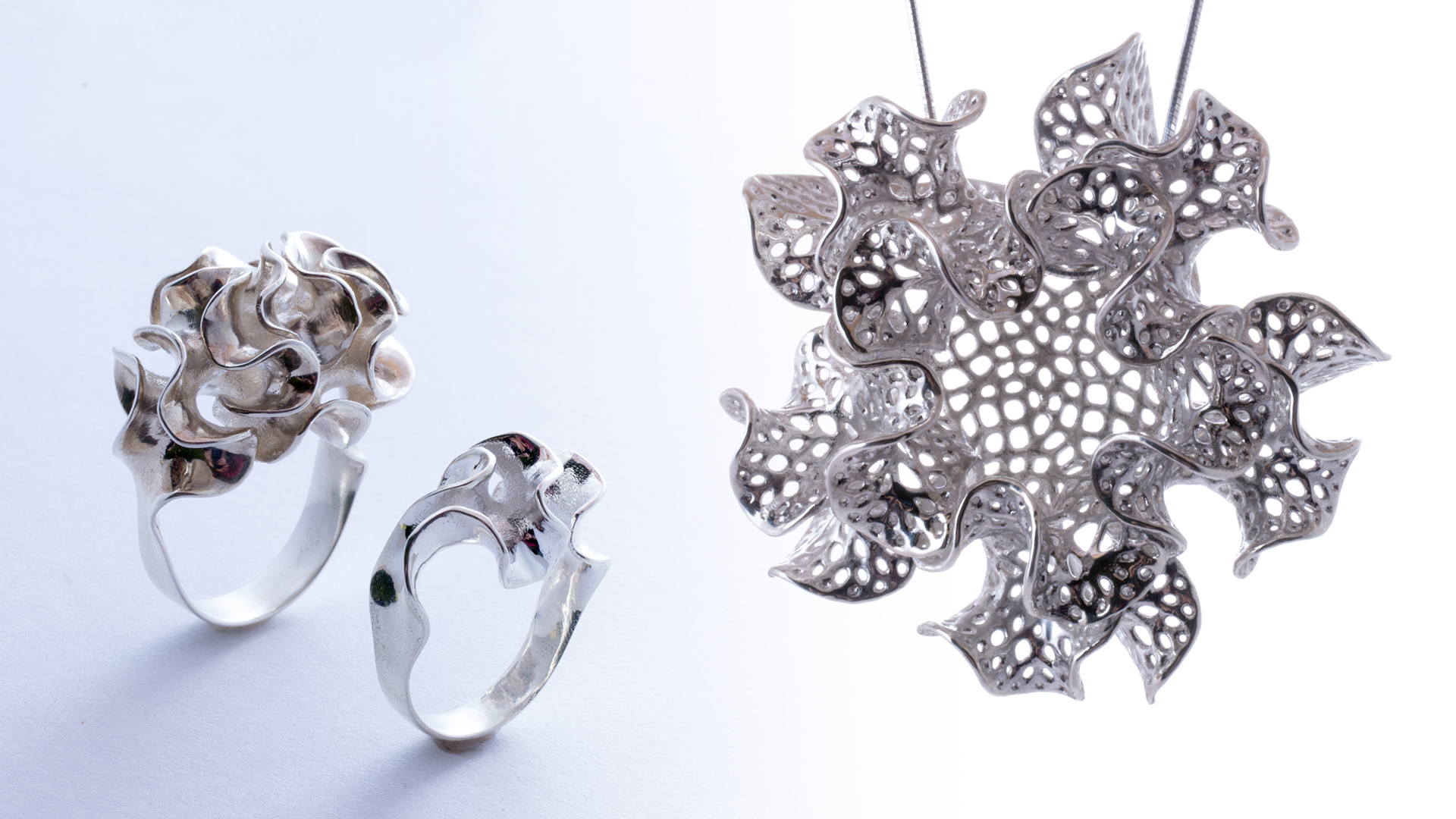
Introducing Floraform, the latest generative design system from Nervous System. Floraform is inspired by the biomechanics of growing leaves and blooming flowers and explores the development of surfaces through differential growth. We used this system to computationally craft a new 3D-printed jewelry collection, now available on our website.
Floraform is a simulation of a differentially growing elastic surface that we created to explore how biological systems create form by varying growth rates through space and time. It began with an unusual flower, Celosia cristata, and led us through a journey of cellular differentiation, discrete differential geometry, kleptoplastic sea slugs, nastic movements, and 19th century zoetropes. The result is a series of 3D-printed sculptures and jewelry generated through a computational process of differential growth.
Table of Contents // what is differential growth | inspiration | mapping out the simulation space | digital gardening | florescence jewelry collection | what’s next | technical details | bibliography
What is Differential Growth?
How does an organism go from a single cell to a complex differentiated structure? If a single cell were to divide and grow uniformly, it would result in a wrinkled blob. However, through carefully coordinated subdivision and differentiation, biological systems produce structures with specific, reproducible forms and functions. Growth isn’t uniform but instead differential.
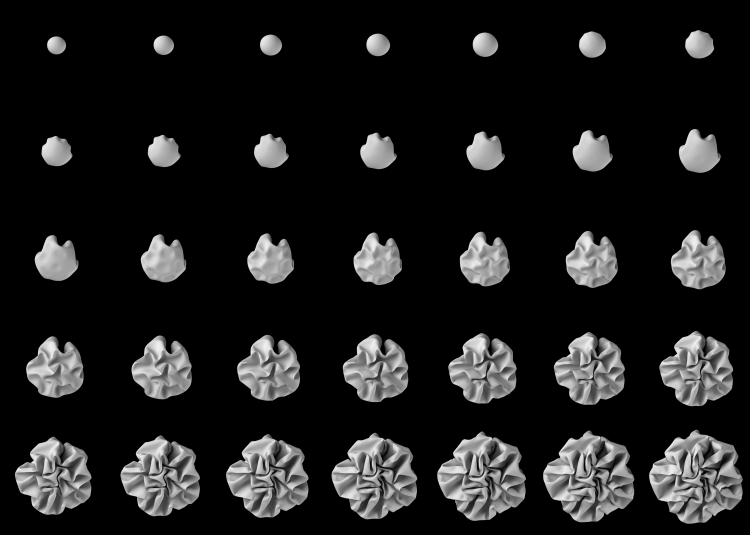
To put it simply, some areas grow more than others, and this leads to the formation of macroscopic shape. These shapes result from the interplay between the underlying cellular growth processes and the mechanics of the materials themselves.
Plant tropisms are an example of this process that you can observe directly. Tropisms are directional responses to directional stimuli. A plant can bend towards light by elongating cells on its stem that are in shadow (phototropism). Or vines can strangle another plant by responding to touch and wrapping around them (thigmotropism).
We started developing Floraform after coming across two papers by L. Mahadevan: “The shape of the long leaf” (2010) and “Growth, geometry and mechanics of the blooming lily” (2011). Looking at the shapes of rippled leaves and blooming flowers, Mahadevan proposed that their ruffled forms could be described by a surface growing differentially from its edge. We found this interesting because complex ruffles develop from a very simple procedure: grow more at the edge. This is in contrast to other differential growth models where curvature is specified locally, by growing on one side more than another (like the bending stem example we gave above).
At the same time, we became enamored with a flower called Cockscomb, a mutant cultivar of Celosia that produces dense, convoluted blooms instead of its normal branching, tree-like blossoms. It exhibits this amazing ruffled shape that is unlike any flower we’d ever seen (people often refer to it as brain flower).
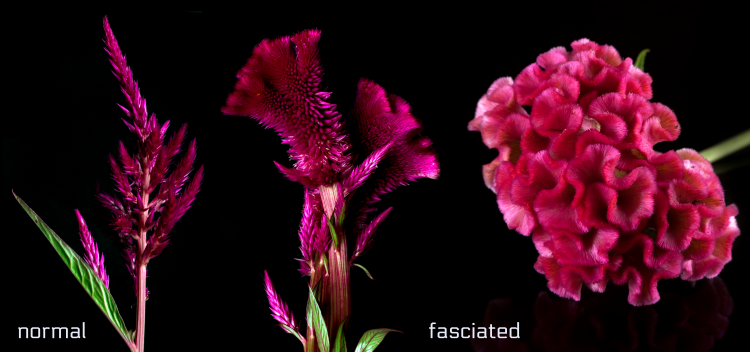
We hypothesized that you could simulate the growth of Cockscomb with this type of preferential growth toward the edge. The Celosia flower suggested that there was a space of form between the normal and the mutant, between branching and ruffling. We wanted to explore that space.
With our minds contemplating this growth model, we began to see rippled forms in diverse ecosystems and kingdoms of life: Sparassis fungi, lettuce sea slugs, lace bryozoans, kale and lettuce leaves, plumose anemone, iris flowers, jellyfish arms. So we started to build a digital environment where we could investigate these ideas.
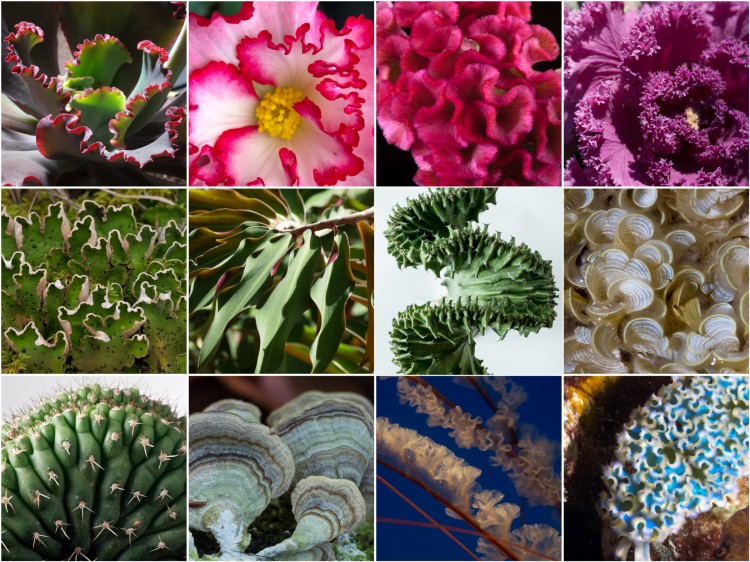
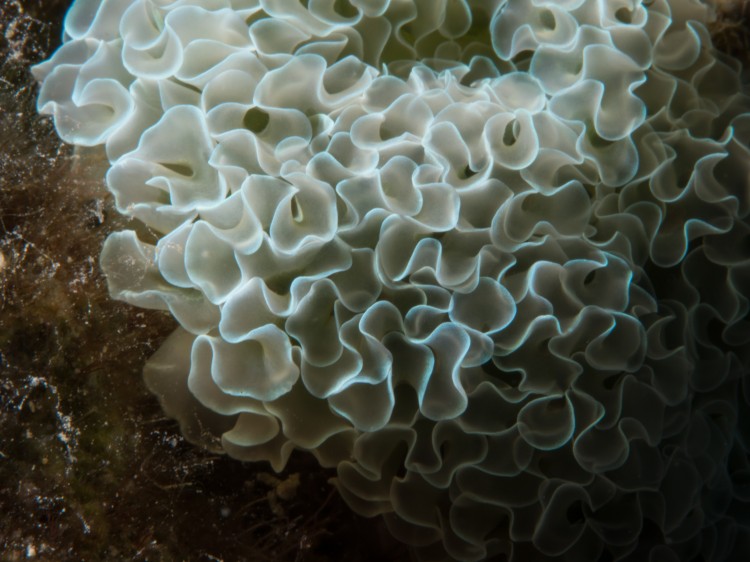
Mapping out the simulation space
The first step in our investigation was to map out how different spatial distributions of growing signal result in different structural typologies.
1. Point-based / tip splitting
The active growth area is a single point. This is similar to the growing tip of the stem in plants, called the apical meristem. We can allow this point to split into multiple points over time. When the growing zone bifurcates, the new points naturally grow apart, forming branches.
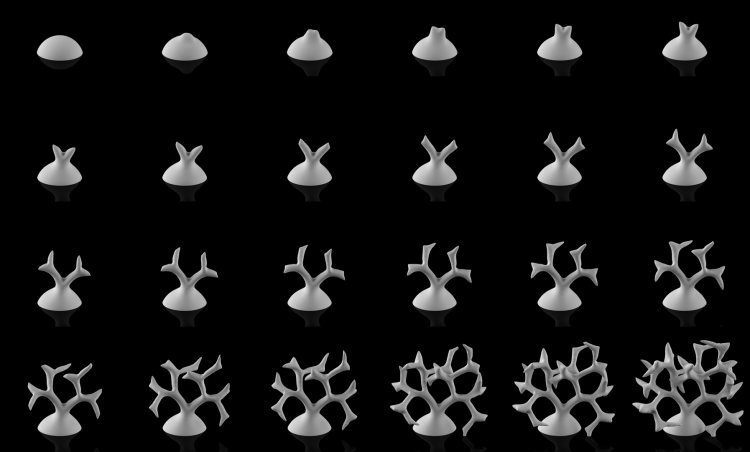
2. Line-based / fasciated
The active growth area starts as a point, but instead of splitting into two separate points, those points stay connected forming an expanding line. This is inspired by fasciated plants, and the results bears remarkable similarity to fasciated cacti and succulents..
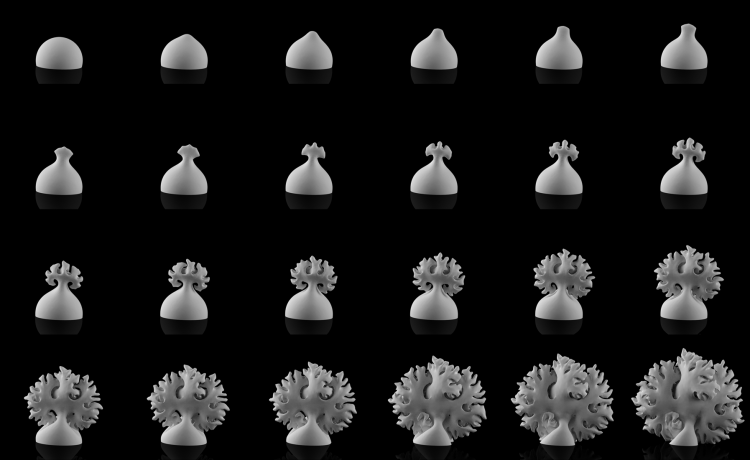
3. Edge-based
The active growth area is the edge. This is our original inspiration from leaves and flowers, and it forms sinuous, hyperbolic geometries.
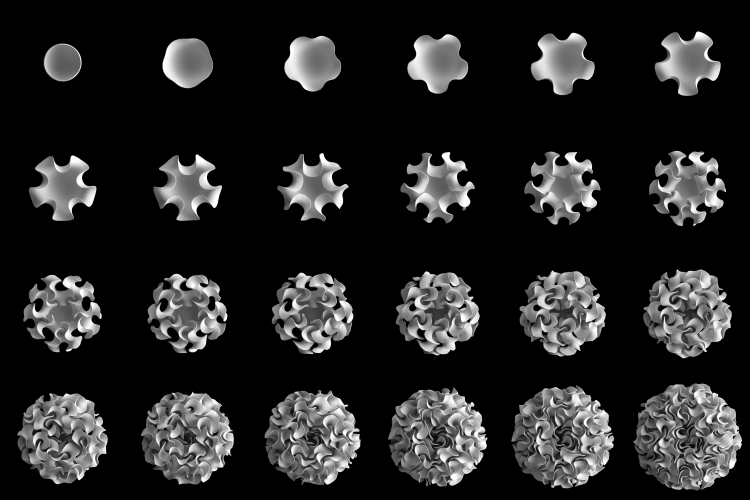
Of these growth phenotypes, we were most intrigued by the edge-based scenario and decided to explore it in greater detail.
Digital Gardening
We developed a set of mechanisms that allowed us to control, manipulate, and sculpt the growing process. These act as a set of material and environmental conditions that we can vary through space and time to produce finely differentiated structures. In the video below you can see examples of some of the variations we introduced into the system.
Our first results were a series of sculptures that we produced for our “Growing Objects” exhibition at Stonybrook University. This included pieces 3D-printed in full color, where the coloration of the surface reflects the growth rates that produced it, as well as a zoetrope that acts as a physical animation of the growth process.
Our jewelry collection
We’ve generated a new jewelry collection with the Floraform system. For each piece, we crafted a unique growth process that results in a specific emergent form. The flowering structures expand fastest along their edges, evolving from simple surfaces to flexuous forms that fill space with curves, folds, and ruffles. There are 24 new designs which come in 3D-printed nylon and sterling silver and are now available in our shop.
The collection explores how different starting geometries interact with the growth process to produce the final pieces. We use contact with the body as an environmental constraint, producing designs that conform to or expand from the finger, wrist, and neck.
We developed two primary strategies for growth resulting in two lineages of jewelry forms. One set is inspired by the forms of flowers. These pieces have curling, convoluted forms and our explorations focused on the creation of symmetry or its absence.
The other set was inspired by the frilly arms of jellyfish. These pieces have a scale that changes throughout the process, producing waves on waves on waves. They also incorporate directional, gravity-like forces, resulting in a more elongated draping of form with dripping cascades of ruffles.
There are also hybrid pieces where these two methodologies interweave, like the celosia cuff and flora collar.
Our intricate designs are materialized via 3D printing in plastic and metal. Most of the pieces are available in white, petal pink, or black nylon that has been fused together from powder, layer by layer, in a 3D-printing process called Selective Laser Sintering. There are also designs available in sterling silver. These are first 3D-printed in wax and then cast in precious metal by lost wax casting.
Many of the silver pieces feature a pattern of cellular perforations that were inspired by lacy bryozoans. These perforations also mirror the growth process by forming a lattice that propagates from the edge of the growing zone.
What’s Next?
grow your own floraform in our digital garden
We are building a cloud-based version of floraform. It is a digital garden where you can cultivate your own floraform creations. Are you interested in beta-testing? Contact us at hello@nervo.us and you will be among the first people we invite.
moving past the edges
So far we have primarily explored the design space of edge-based growth. However, there are many more types of growth possible, and we’re not limited to one type at a time. For instance, we can combine branching and edge phenotypes to create a hierarchical structure which branches and blooms. There are also more emergent ways to control the growth process. Right now, we directly specify all the parameters of the system, where it’s going to grow, how fast, material properties, etc. However, we could introduce reaction diffusion as a control for differentiation and growth, adding a phyllotaxis element as proposed by Meinhardt.
getting physical
Floraform right now is a digital construct. However, there has been a lot of research recently on printing shape changing materials, or so called 4D printing. Designing for these shape changing processes can be quite difficult, especially for complex forms. Floraform could serve as a design tool for the creation of physically transforming objects.
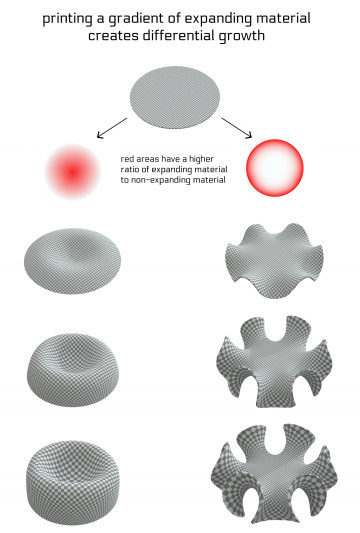
Technical Details
Floraform is a computational simulation of differential growth on a thin surface. Our system includes a physics simulation of a thin shell or elastic surface with a curved rest configuration, and a model of growth. The surface is modelled as a triangle mesh represented as a half-edge mesh structure. It evolves through time and on each timestep, forces are computed on each vertex of the mesh, new positions are integrated for each vertex, and growth rates expand each edge of the mesh. Many of the techniques used are based on discrete differential geometry. The system can be broken down into several components.
Physics
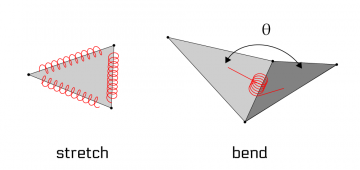
The physics of the surface are based on “Discrete Shells” by Eitan Grinspun, et al. Each edge of the mesh is modelled as a spring which resists stretching of the surface. The edge between two faces also has a bend energy proportional to the angle between the faces that resists bending. These forces are then integrated using an overdamped implicit Euler solver.
Collision detection
In order to prevent our surface from intersecting itself, we need a way to detect collisions between parts of the surface as it grows and to introduce forces to prevent it from overlapping. We use a particle-based collision system. Each vertex of the mesh has an ellipsoid-shaped collision body around it, which has a radius equal to some collision distance normal to the surface and a radius proportional to the ring of vertices around it in the tangent plane. When two collision bodies intersect, we introduce a stiff spring-like force that pushes them away from each other. Detecting nearby collision bodies is accelerated with a simple spatial binning structure.
Geodesic distance
The growth rate of the surface is controlled by the distance along the surface from the edge or some other specified growing zone. We then expand the length of edges based on a function of this distance. The distance along a surface is known as the geodesic distance, and unlike distance through normal space, it can’t be computed directly from the positions of the vertices. To compute this, we use a technique from a paper called “Geodesics in Heat” by Crane, et al. It employs a novel method to compute geodesics using heat flow to calculate the gradient of the distance, rather than directly computing it through a Dijkstra-like search.
Adaptive subdivision
As our surface grows, we need to maintain the level of detail of our mesh in order to have a smooth surface and a stable stimulation. Any edge that grows above a threshold length is subdivided such that each neighbouring triangle is split in two. To maintain good triangle shape, an edge is only split if it is the longest edge in a triangle. Additionally, we introduce edge flipping to balance the topology of the mesh as it subdivides.
Perforation regimen
For the silver designs, we created perforations that mirror the growth process by forming a lattice that propagates from the edge of the growing zone.
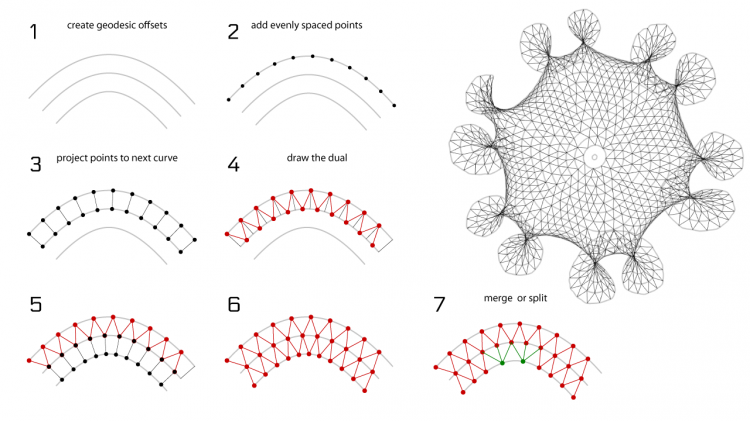
Bibliography (as every jewelry collection should have)
“The shape of the long leaf”, H. Liang and L. Mahadevan
“Growth, geometry and mechanics of the blooming lily”, H-Y. Liang and L. Mahadevan
“Discrete Shells”, Eitan Grinspun, Anil Hirani, Mathieu Desbrun and Peter Schröder
“Geodesics in Heat”, Crane et al
“Derivation of discrete bending forces and their gradients”, Tamstorf and Grinspun
Libraries:
Openframeworks, Eigen

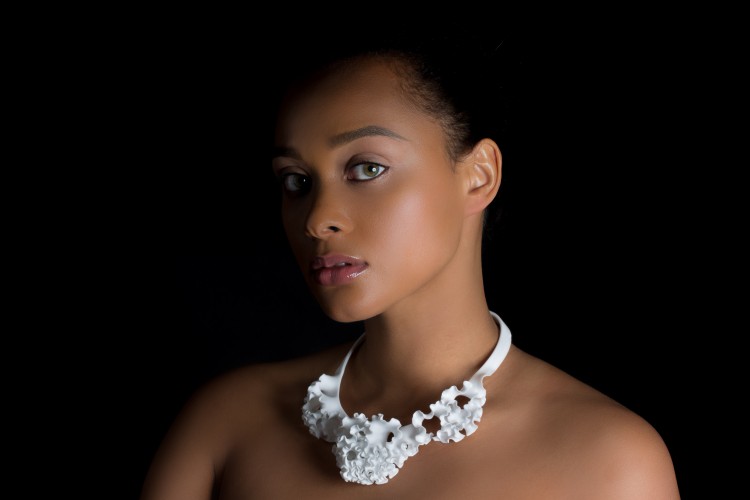
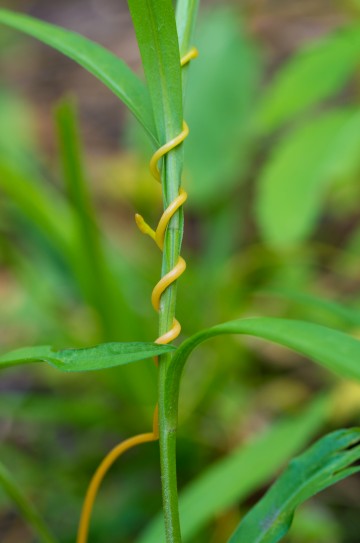
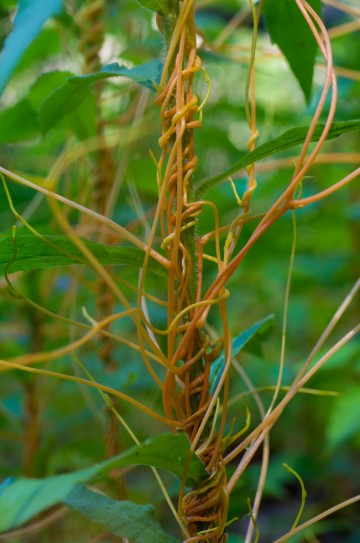
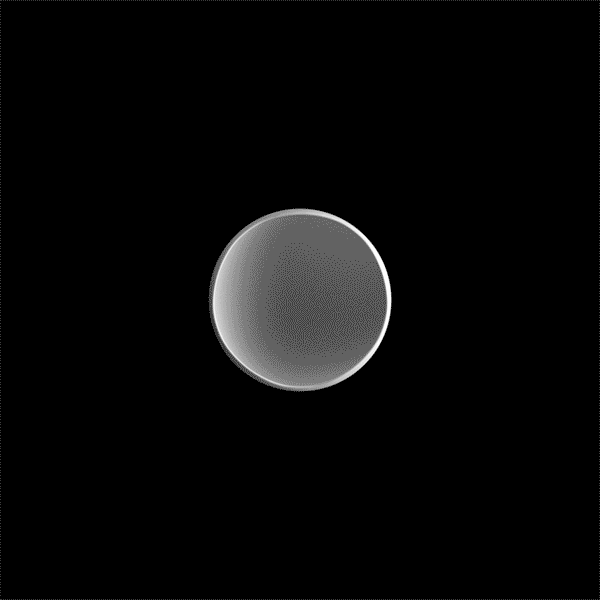
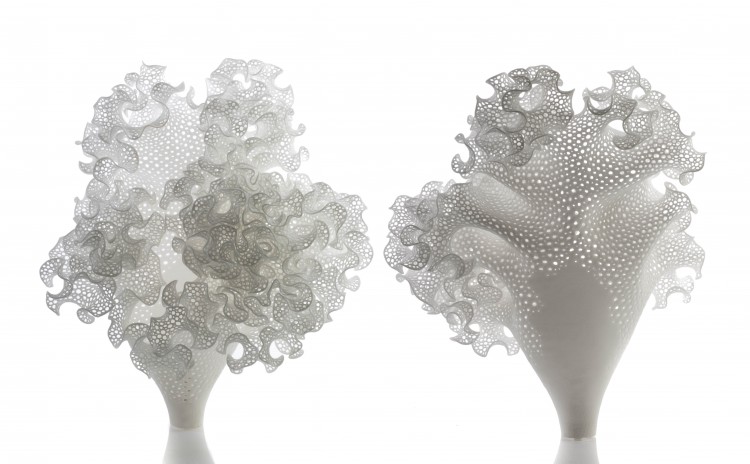
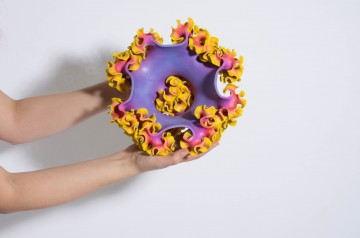
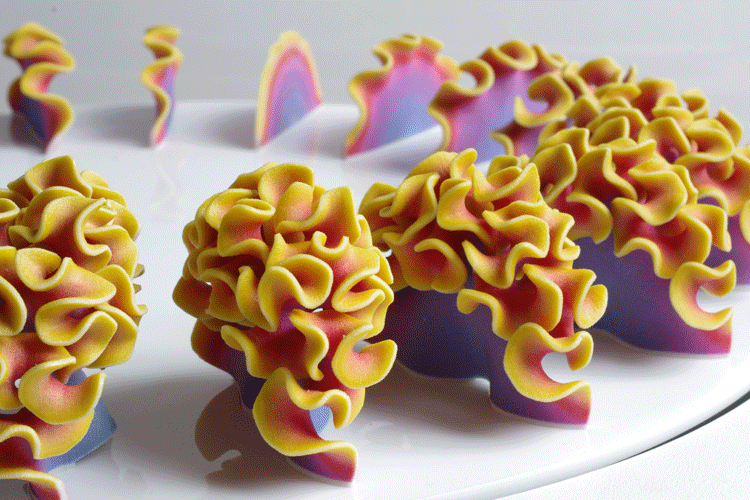
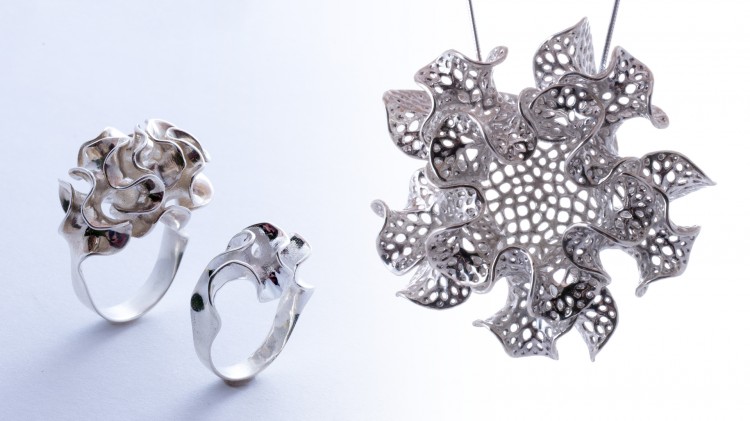
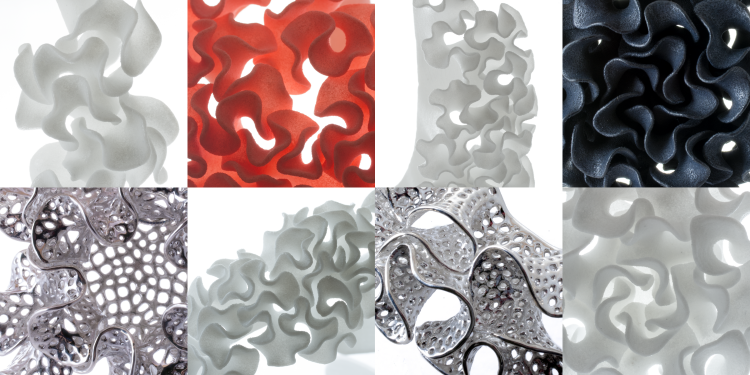
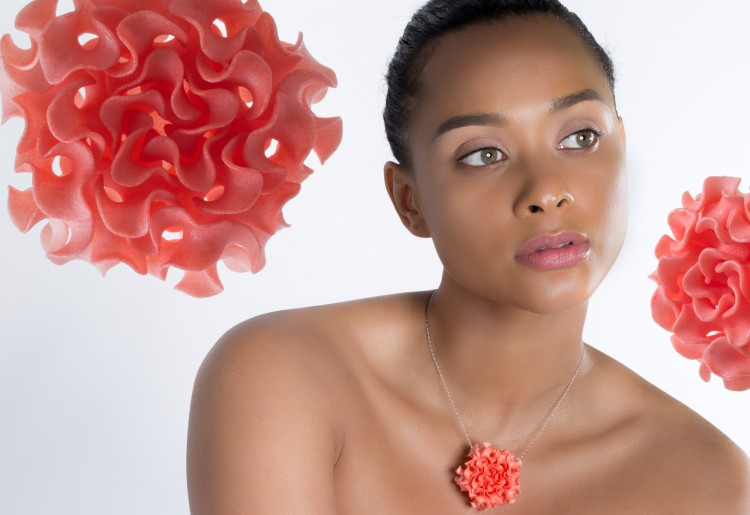
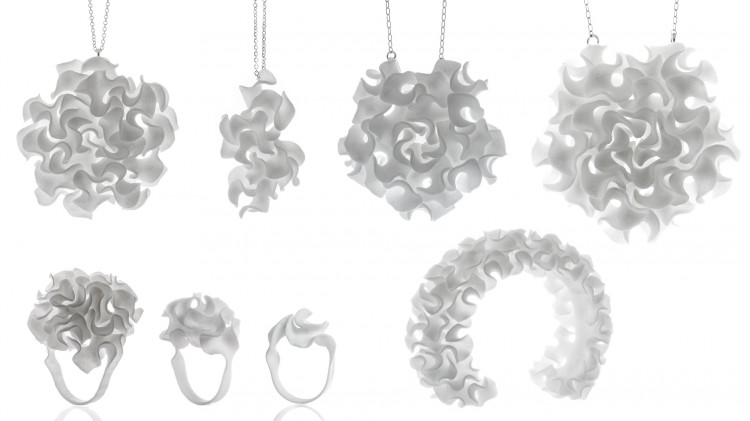
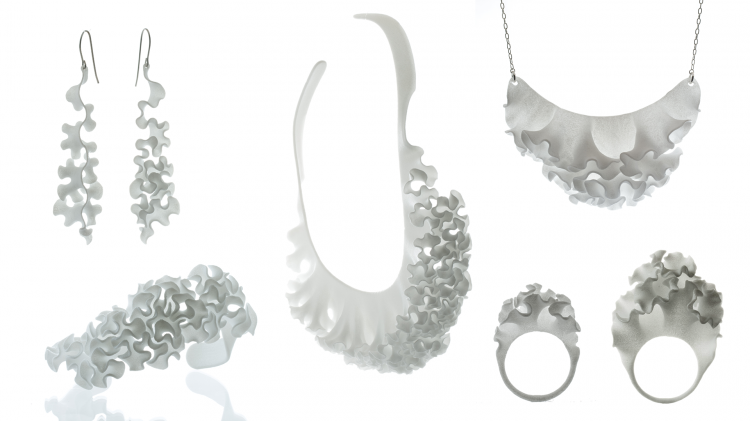

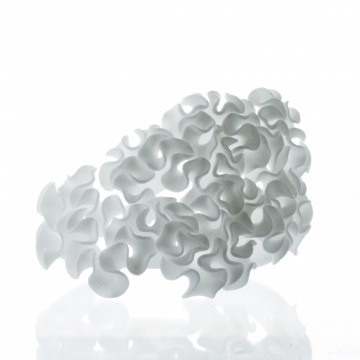

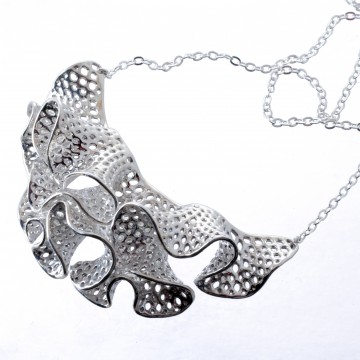
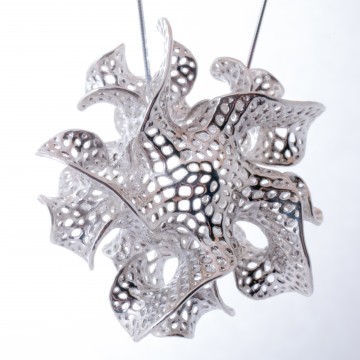


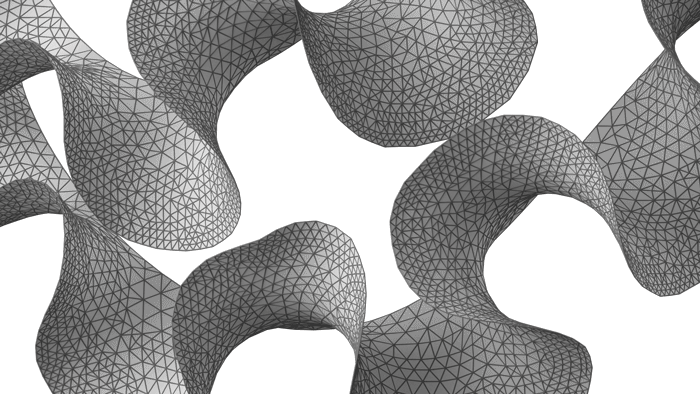
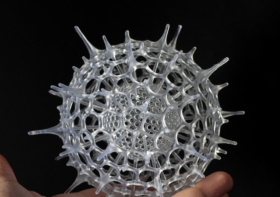
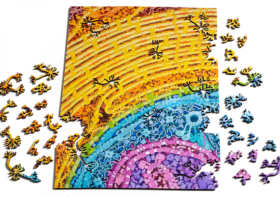
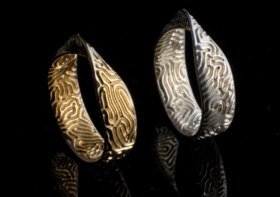
Paige Smith
Making jewelry with 3D printing is a great idea. Recently I started to experiment with that. I would like to learn more about it.
nervous system uses floraform to 3D print intricate wearable designs | GeneratedDesign
[…] the studio’s collection using the technology now has 24 unique jewelry items and sculptures. all unique, the line explores how using different starting geometries can be used to create drastically different end results. ‘floraform’ works are made for the fingers, wrists, or neck, as well as the shelf or desk. pieces are printed using selective laser sintering, with sterling silver options available (printed in wax, molded, cast). for an in depth look at the technical details behind ‘floraform’, visit nervous system’s blog here. […]
Tim Daniel
Whoa that jewelry animation is mesmerizing, I could watch it all day, great job!
Peter Liu
what software are you using to create this amazing work?
Margaret Swanson
Hi Peter,
We write all of the software we use to generate our designs. You can read more about the programs we’ve created on our website here.
Anthony Crain
Thought you guys might appreciate this livingflorabuildings.blogspot.com
Cheers,
Differential growth experiments in JavaScript — Jason Webb
[…] by the work of Nervous System, inconvergent, and Entagma, I created my own 2D implementation of this algorithm using modern […]
Puzzle Cell Lamp – Nervous System blog
[…] of this method using bilayer panel construction. We plan to build a 14’ sculpture combining our Floraform growth system with this new panelization technique outside our studio. Purchasing a lamp will help […]